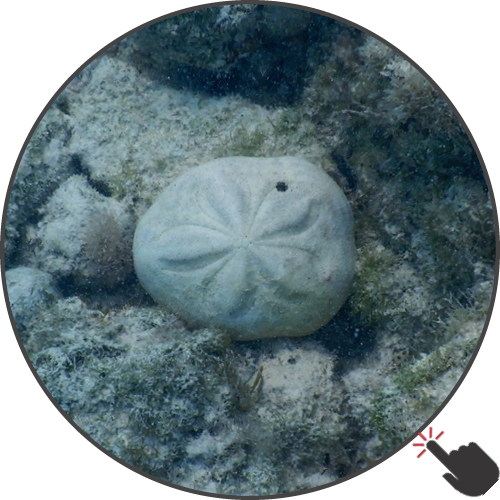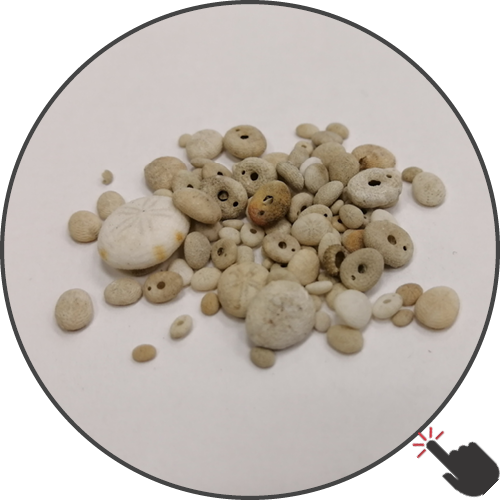Sanibel-Captiva Shell Club Project
The Ram's Horn Squid - a living coiled cephalopod.
The Ram's horn squid Spirula spirula is the last living member of both the genus Spirula and the entire family Spirulidae and is unique in that it’s the only extant cephalopod with a coiled and chambered internal shell. The shells can be abundantly found as shore-wash on beaches of the Caribbean, Atlantic, and Indo-Pacific. As a result of the coiled internal shell, the overall appearance of the ram’s horn squid is unique, with the shell perpendicularly embossing out of the mantle. Intuitively, such a body design would be expected to possess a negative effect on the hydrodynamic properties of the organism. However, biomechanical analysis on whale flippers, shark skin, and other hydrodynamically optimized biological structures have shown that a contra intuitive design can possess advantageous properties.
Previous research on Spirula spirula is mostly focusing on basic descriptions of the shell's unique morphology. However, detailed analysis are rare. Cutting-edge literature in cephalopod research mention the presence of the ram’s horn squid and its importance for science while providing little information on these organisms even though the squid is so exceptional in its morphology.
This project aims to promote research and outreach on the ram’s horn squid. Shells will be analyzed for their body design, micro-structure, and floating behavior. In addition, hydrodynamic properties of the ram’s horn squid as a whole, will be analyzed using cutting-edge technology including x-ray micro-computed tomography (µCT), 3-D reconstructions, virtual modeling, finite-element methods (FEM), and computational fluid dynamics (CFD). The generation of 3-D models of the shell additionally allow for advanced outreach strategies: by utilizing powerful rendering engines, the 3-D models of shells and the organisms can be implemented into Virtual Reality (VR) and Augmented Reality (AR) environments. Such interactive applications allow a broad outreach as they can be integrated in websites, presented at exhibitions, and scientific conferences. The above-mentioned goals allow for a deeper understanding of the ram’s horn shell morphology, its implications for the organism, and promotes a novel way of distributing this knowledge for the scientific understanding, education, and public outreach.


